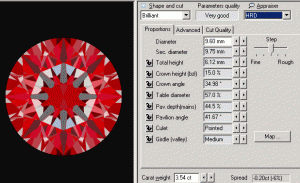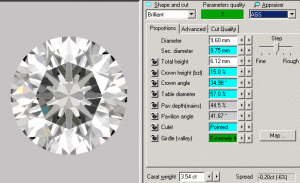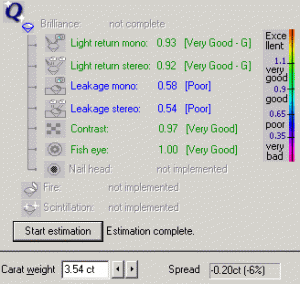I found a stone that I really like. However, when I plug it into the HCA the cut is not what I hoped it would be. I currently only have the %'s for the crown and pavilion instead of the angles.
I do understand that inputting angles gives you a more accurate rating than inputting %'s. Should I request the angles and input those and see what happens, or will any difference only be slight and therefore I should move on with my search?
Also, is it possible for a stone to not score as well on the HCA and still look spectacular????
I do understand that inputting angles gives you a more accurate rating than inputting %'s. Should I request the angles and input those and see what happens, or will any difference only be slight and therefore I should move on with my search?
Also, is it possible for a stone to not score as well on the HCA and still look spectacular????










300x240.png)